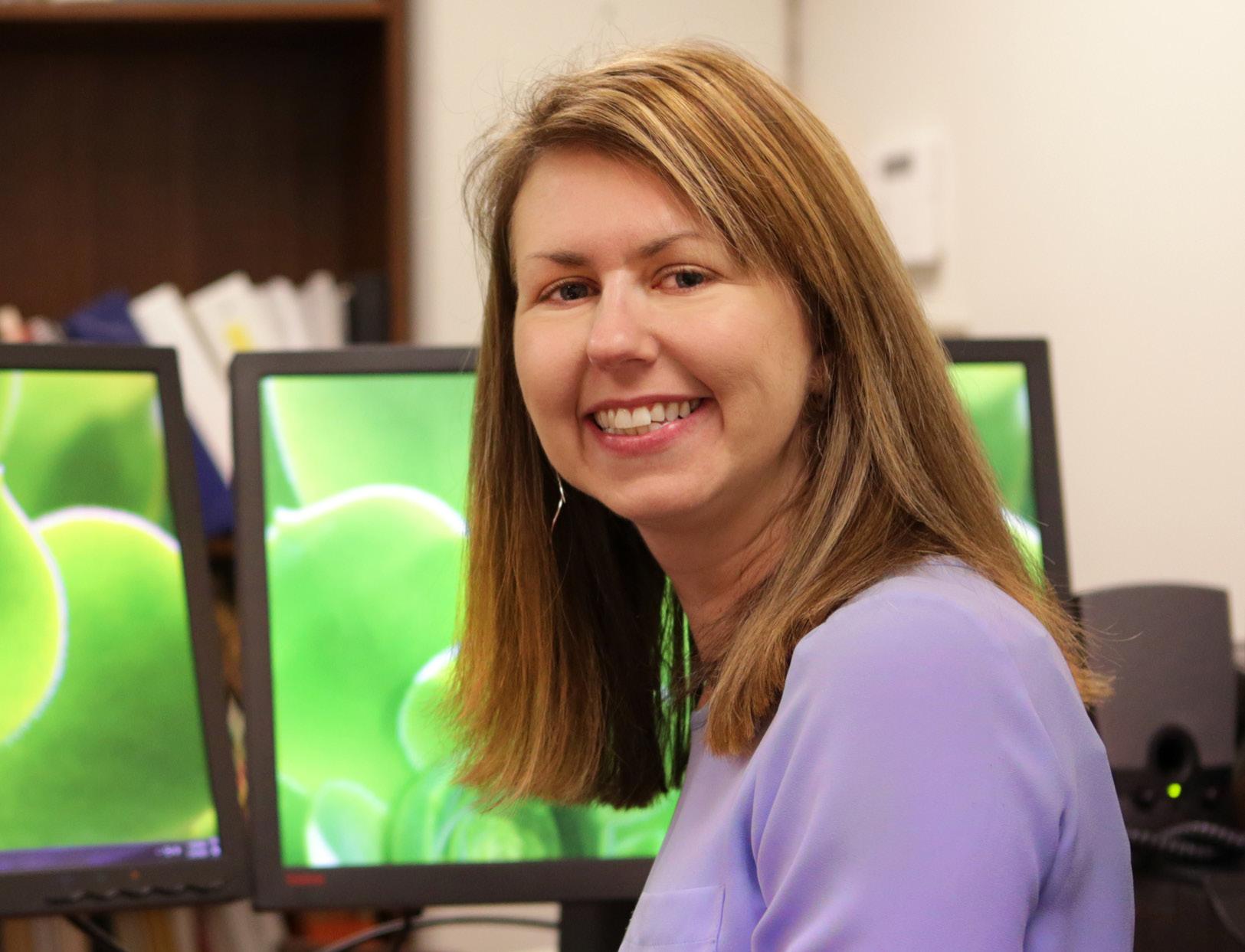
4 minute read
Robert Parr - In Memoriam
from Fall 2018
by uncchemistry
Robert Ghormley Parr
In Memoriam
Advertisement
One of the giants of theoretical chemistry, and a long-time member of our department, Professor Emeritus Robert Ghormley Parr, passed away on March 27, after a brief illness.
Parr received an A. B. degree magna cum laude from Brown University in 1942, and then entered the University of Minnesota, receiving a Ph.D. in physical chemistry in 1947. He joined the faculty at Minnesota upon receiving his doctorate, and remained there one year. In 1948 he moved to the Carnegie Institute of Technology, now Carnegie Mellon University, in Pittsburgh, Pennsylvania, becoming a full professor in 1957. In 1962
Professor Parr was a pioneer the field of ab initio quantum chemistry since the 1950’s. His book entitled Quantum Theory of Molecular Electronic Structure, Benjamin 1963, was most influential at that time. Parr constructed the zero-differential overlap approximation and later, with Pariser and added by Pople, developed the influential Pariser-Parr-Pople, PPP, method. The PPP method was a landmark in “Robert Parr was a rare scientist and a special the development of quantum chemistry and is still very widely used. In the early seventies, Parr had person who the vision to realize that density-functional theory, made thrilling DFT, could very well turn out to be the method of contributions choice for quantitative calculations on systems to chemistry... of chemical and biological interest, especially for those with large numbers of electrons. Parr had the foresight to begin his research in DFT long before it was as popular or as fashionable as it is today in the chemistry community. In fact, for years Parr was virtually the only chemist of his generation to pursue DFT. He had the courage to do this despite the fact that he was often criticized, and even ridiculed at times, for it.
Parr led the research community in the construction of approximate functionals for practical applicaProfessor Parr and his daughter Jeanne Lemkau at his 92nd birthday celebratory symposium tions in chemistry. The Lee-YangParr correlation energy functional, also known as the LYP functional, he moved to Johns Hopkins University in Baltimore, Maryland, Phys. Rev. B 37, 785, 1988, has been cited more than 48,000 and in 1974 to the University of North Carolina at Chapel Hill, times. The LYP functional played a most critical role in bringing where he received appointment to an endowed professorship density functional theory to its practical application in chemisin 1990 and where he last taught. try, which ultimately led to the award of the 1998 Nobel Prize in
Robert Ghormley Parr
chemistry to Walter Kohn for his work on density funcRobert tional theory and John Pople for his work on ab initio quantum chemistry. Parr was a Parr’s contributions to chemistry are characterized by rare scientist his visionary approach and his foresight. In the speech and a special at the American Chemical Society Southeast Regional Symposium in honor of Parr in 1998, Chemistry Nobel person who Prize winner John Pople summarized Parr’s contributions: “I have followed Bob Parr’s footsteps throughmade thrilling out my career, starting from the field of semiempirical contributions quantum chemistry to the latest effort in density functional theory.” to chemistry... In addition to his ground-breaking contributions to computational quantum theory, Parr was, of course, considered the father of conceptual DFT for chemistry, as clearly presented in the acclaimed Parr-Yang book, Density-Functional Theory of Atoms and Molecules, 1989.

Robert Parr was a rare scientist and a special person who made thrilling contributions to chemistry while profoundly affecting the lives of the many young scientists whom he mentored and who have had contact with him and his work.
In honor of Bob Parr’s scientific achievements and on the occasion of his 92nd birthday, an international conference “Frontiers of Theoretical Chemistry - the Parr Celebration,” was held in the Auditorium of French Family Science Center at Duke University, on Saturday, September 7, 2013. Over fifty participants, Parr’s scientific and international family and friends, gathered to present exciting new progress in the field Parr pioneered. There were over twenty presentations throughout the day. The meeting ended in the evening with a symposium dinner, where there were more speeches on reminiscences about Bob’s life and career.
Obituary originally published in Angewandte Chemie, and is used by permission.
Catalyst–Oxide Assemblies
An important element in synthetic organic chemistry has been the development and application of organic excited states in solution, either by sensitization or electron transfer catalysis. Exploitation of organic excited states has evolved from the bench scale to the photochemical reactor scale.
In a parallel effort, with a different focus, advances have also been made in exploiting nanoparticle oxide surfaces for energy conversion applications based on chemically bound molecular reactants, which has the advantage of maximization of the local microscopic surface volume for enhancing efficiencies.

In a collaborative effort between the David Nicewicz and Thomas Meyer groups, published in PNAS, researchers describe the integration of the two areas with the goal of creating stable photochemical environments that minimize reaction volumes in photooxidation reactions. The results presented, provide a basis for extension to larger scales and to catalyst–oxide assemblies with potential applications for larger-scale organic reactions.










